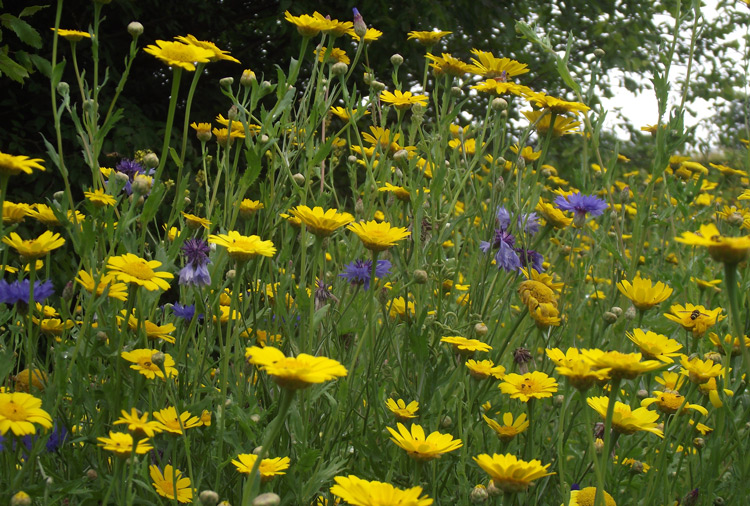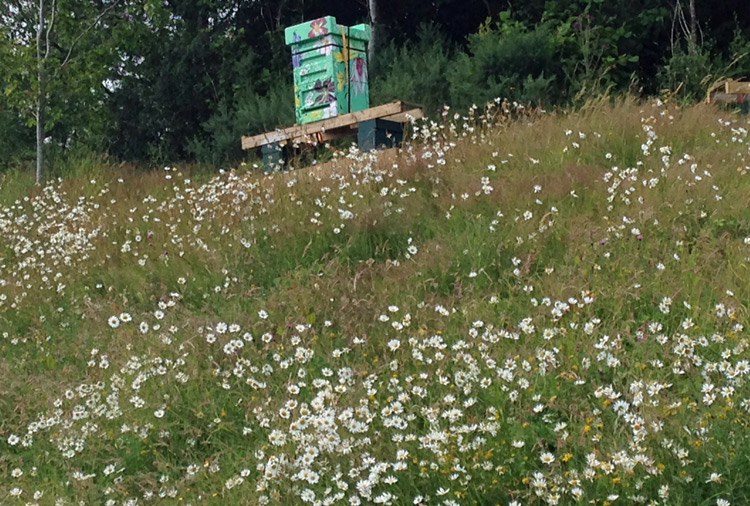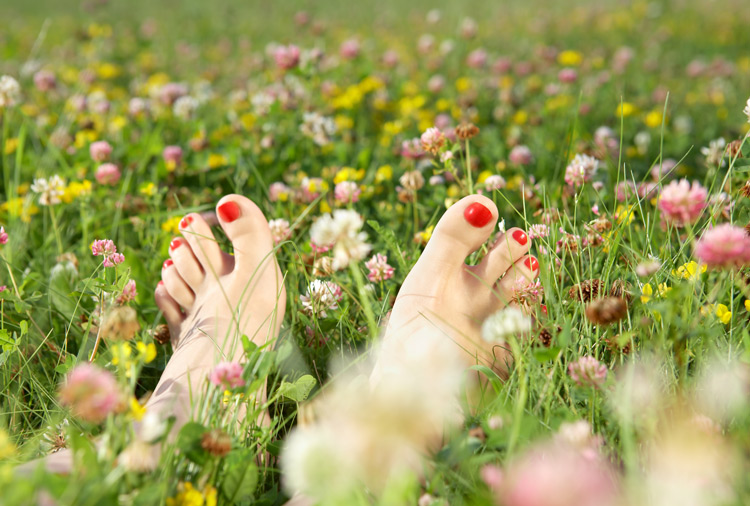Landscaping often involves a mixture of different garden surfaces. Arbour Landscape Solutions Lt...
Filter by:
This is the section of our website where you’ll find everything you need to build beautiful ...
Filter by:
Every outdoor space has three dimensions. Arbour Landscape Solutions offers an extensive range of ...
Filter by:
Introducing our comprehensive range of soft landscaping surfaces for industry professionals. Every...
Filter by:
This is where you’ll find everything you need to build the garden structures specified on yo...
Filter by:
At Arbour Landscape Solutions we know how important drainage is to the success of any landscaping ...
Filter by:
Holding it all together is our range of top quality screws and fixings. Take a good look at the pr...
Filter by:
Lightweight Concrete
Filter by:
We've compiled a comprehensive catalogue of landscaping Tools and Equipment for you to buy or ...
Filter by:
Pots can enhance a garden or commercial landscape hugely, improving a sense of arrival for any sch...
Filter by:
Arbour Landscape Solutions are proud to present this range of stunningly beautiful planters in all...
Filter by:
High-quality light fittings designed and manufactured in the UK. Stylish, durable and with a 10 ye...
Filter by:
Pots can enhance a garden or commercial landscape hugely, improving a sense of arrival for any sch...
Filter by:
Arbour Landscape Solutions are proud to present this range of stunningly beautiful planters in all...
Filter by:
High-quality light fittings designed and manufactured in the UK. Stylish, durable and with a 10 ye...
Filter by:
 TRADE & SELF BUILDERS MULTI-USER ACCOUNTS MULTI USERS
TRADE & SELF BUILDERS MULTI-USER ACCOUNTS MULTI USERS FREE DELIVERY ON ALL YARD STOCK FREE DELIVERY DELIVERIES
FREE DELIVERY ON ALL YARD STOCK FREE DELIVERY DELIVERIES INSTANT ONLINE QUOTES FREE QUOTE BUILDER UPLOAD MY LISTS
INSTANT ONLINE QUOTES FREE QUOTE BUILDER UPLOAD MY LISTSWith 18 different types of wildflower seed to choose from on the Arbour landscape Solutions website, it’s not easy to settle on just one. So here’s our quick guide to selecting wildflower seeds.
Wildflower meadows come in many different formats, so it’s vital that you and your client are expecting the same thing from their seedmix. Let’s take a look at the two main categories for wildflower meadows.

Annual wildflowers at East Ruston Old Vicarage Garden in Norfolk.
The designers opted for a two-colour meadow with this vibrant mix of Cornflowers and Corn Marigolds
This is what most people are visualising when they talk about swathes of wildflowers. Bright red poppies, blue cornflowers and shiny yellow corn marigolds all swaying in the wind. These plants are generally quite good natured and easy to grow, but they will need to be re-sown every year.
The native cornfield annuals have adapted to growing in – well – corn fields. Large open spaces that are flooded with light. These plants need to grow fast and tall in order to compete with the wheat or barley growing around them. The flowering period is spectacular but quite short, because the plants need to mature and set seed by the time the combine harvester moves in. Soon after the seed is dropped, it will be buried by the plough and lay dormant in the soil for 12 months or more, when the field is ploughed again. Disturbing the soil exposes the seeds to the light and stimulates germination.
These plants need to be sown onto disturbed ground to replicate their natural life cycle – you cannot rely on them regenerating themselves every year.
Perennial Wildflower Meadows

Perennial wildflower meadow on a steep slope at the Eden Project, Cornwall
Perennial plants are by far the least labour intensive way to grow wild flowers. The seedmix determines the flowering period but with careful choices it can last as long as 9 months and then be followed with some beautiful seed heads. If they like the conditions they're grown in, perennials will reappear year after year. Management is as simple as one big mowing session per year - normally in late summer.
Perennial wildflowers are generally more subtle in colour. Think whites, pale purples, yellows and pinks. To my mind they’re no less spectacular than the annuals – but what matters is your client’s expectations.
For a sustainable meadow it’s important to choose species that actually like the soil conditions and the aspect. Your client might have a hankering for certain species but wildflowers can be fussy. Just because you spread the seed, doesn’t mean it will grow. Remember too that some perennial wildflowers need particular conditions for the seed to germinate. Cowslips for example need a period of vernalisation – in other words the seeds must be subjected to several hard frosts before they’ll even think about growing. It make take 2-3 years for these plants to grow from seed.
Much of the joy of a perennial wildflower meadow is watching it develop and change as the years go by.
The worst thing you can do when choosing a wildflower seed mix is to let your customer choose from a picture. Although the picture will no doubt represent some of the species in the seedmix, it will have been taken on a certain day, in a certain garden after a certain season. It will be almost impossible to replicate the look in your client’s garden.
It’s crucial that your client understands that the balance of species will change according to the weather conditions, the soil type and the aspect in their own garden.
Choose a seedmix with predominantly annual wildflowers but expect to re-sow the area every year.
This Mix Of Cornfield Annuals gives reliable results on a sunny site.
A good alternative using perennial plants is this Wildflower Seed For Wildlife. Oxeye daisies, knapweed and red campion are all perennial wildflowers with strongly coloured blooms. Mixed them together and and the colour contrasts are stunning. Most of the species in this seedmix usually flower in the first summer after sowing and a good proportion of them will tolerate nutrient rich soils.

Species rich lawns are trending right now. They’re a mix of slower growing grasses and shorter wildflowers and only need mowing once every 2-3 weeks. The flowering period is usually nice and long and it’s a great way to enhance the local ecology.
This Wildflower Seedmix For A Grassless Lawn contains no grass seed but don’t be surprised if some grass does pop up from the soil seed bank. The perennial wildflowers in this mix will create a subtle tapestry of colours.
There are plenty of wildflower choices for sunny sites. Aim to choose wildflowers that suit your soil type. Most wildflowers prefer low nutrient soil, which can be a challenge in this country. Most of the land has either been farmed or gardened and thus has had fertiliser added on a regular basis. High nutrient levels encourage grasses to grow strongly and smother the wildflowers. Which can look gorgeous but may not be what your client has in mind.
Meadow management seeks to reduce the nitrogen and phosphorus levels in the soil, but this takes time. I’m talking years rather than months.
You, as a landscaper have the choice of removing some of the topsoil and replacing it with low fertility soil (effective but costly), being patient, or choosing wildflower species that are more tolerant of high nutrient soils. Choosing a wildflower seedmix for nutrient rich soils is a good compromise. This particular mix contains 50% by weight of slow growing grasses – these mop up the nutrients without competing with the flowering plants.
Alternatively, you could embrace the soil type and go for a cost effective hay meadow mix. This will thrive on a sunny site and attract plenty of wildlife. However, for the first few years, it may not be as floriferous as your customer has pictured.
For lower light levels, opt for wildflowers that naturally grow in woodland margins or near hedgerows. Think foxgloves, nettle leaved bellflower, wood sage, verbascum. These beauties tend to be at their best in springtime, before the tree canopy fills in, and combine well with waving grasses. Try this wildflower seedmix for shade.
Still confused? At Arbour Landscape Solutions we’re lucky to be in touch with some real wildflower enthusiasts who would be more than happy to help you find the right seedmix for your project. Simply email us to tell us a little about your project and your clients’ expectations and we’ll do our very best to suggest some wildflower species that will give you the results you need.
Of course, you may prefer to use wildflower turf – in which case – Click Here To Take A Look At Our Range Or Wildflower Turf.
View The Full Range Of Wildflower Seed Mixes Available To Order Online
A Guide To Selecting Grass Seed From Guest Writer Premier Lawns
Taking The Stress Out Of Procurement
Getting Business Costs Under Control
Would you like to remove the items in your basket and replace them with this order or keep all items in the basket?
